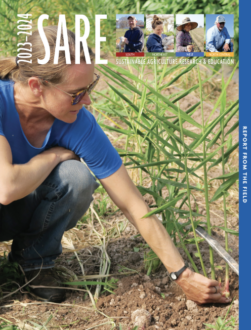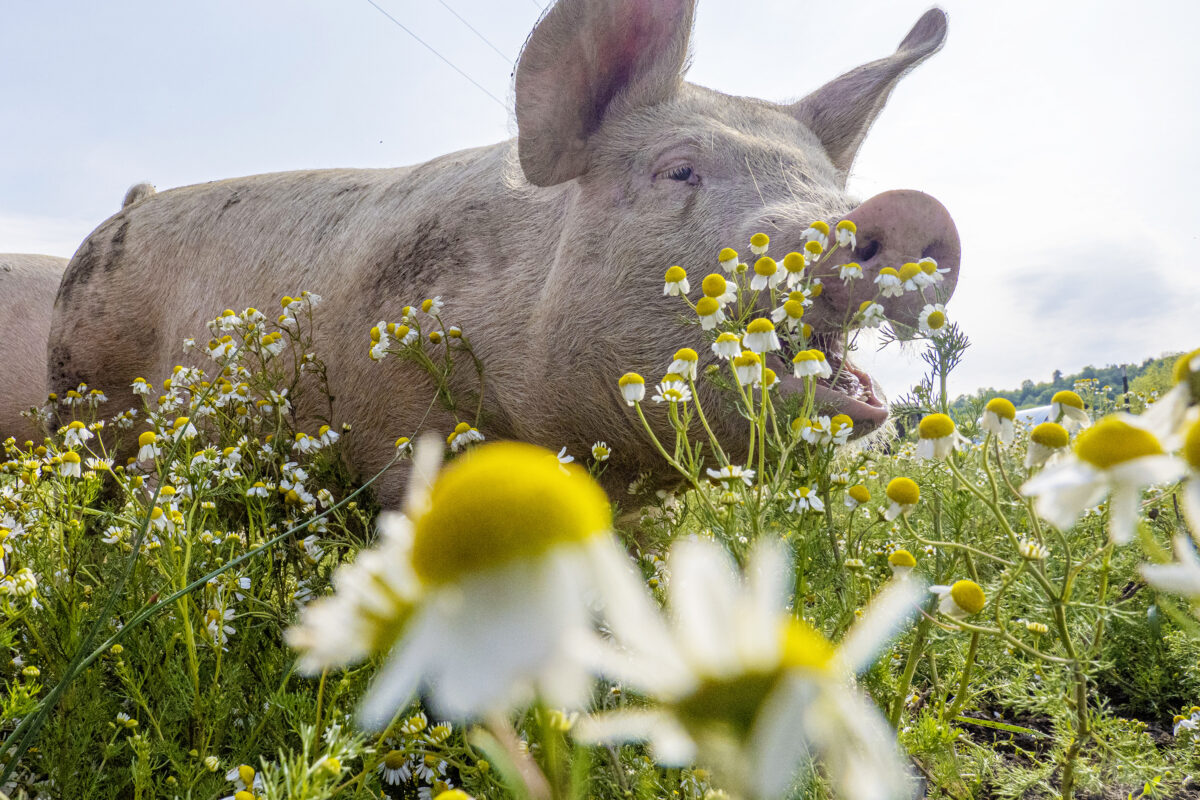

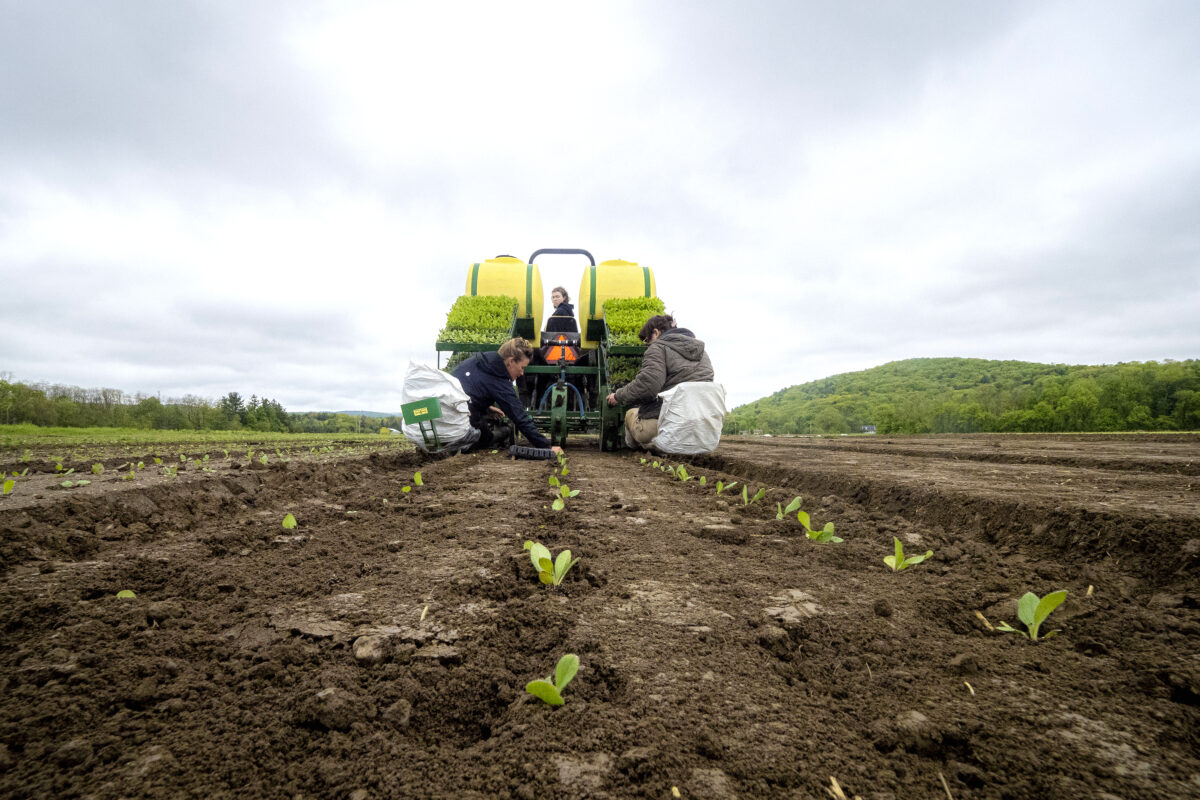
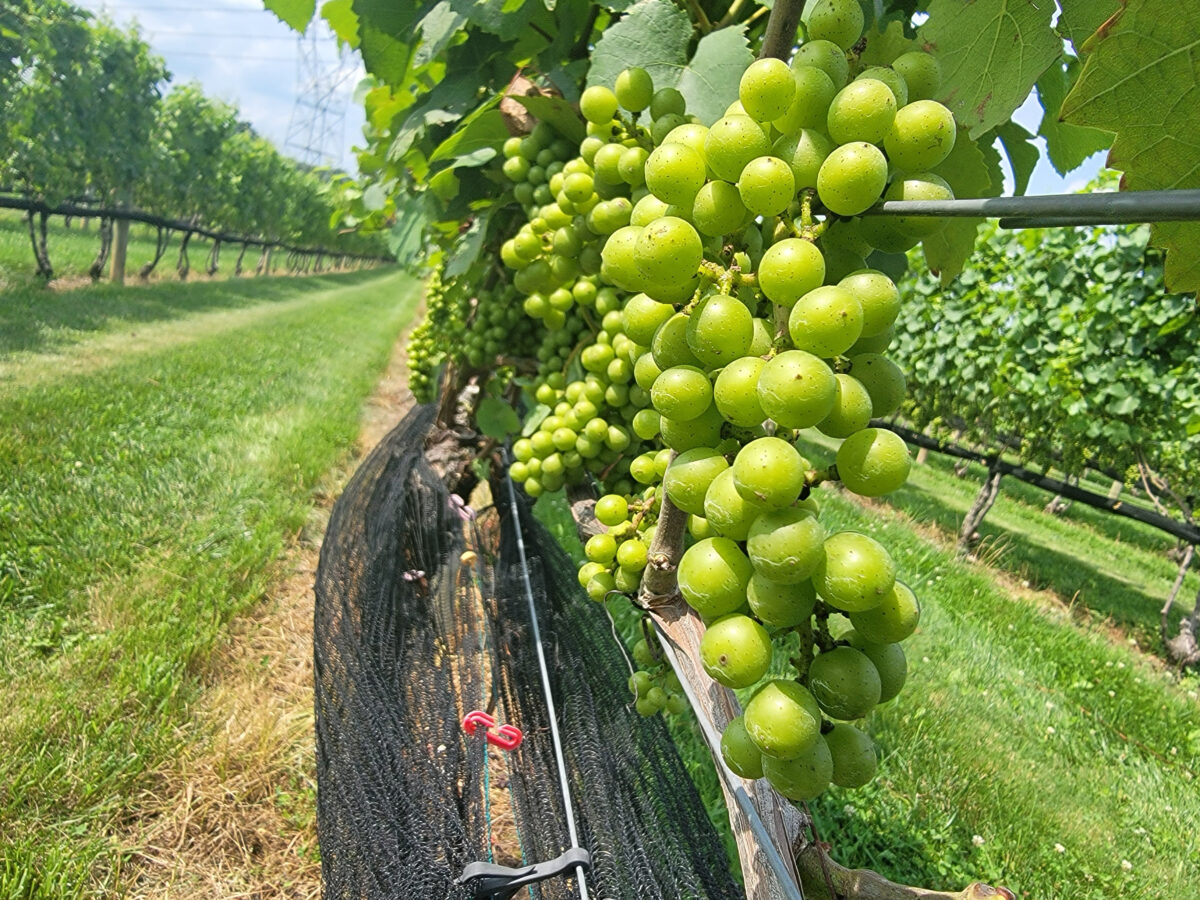
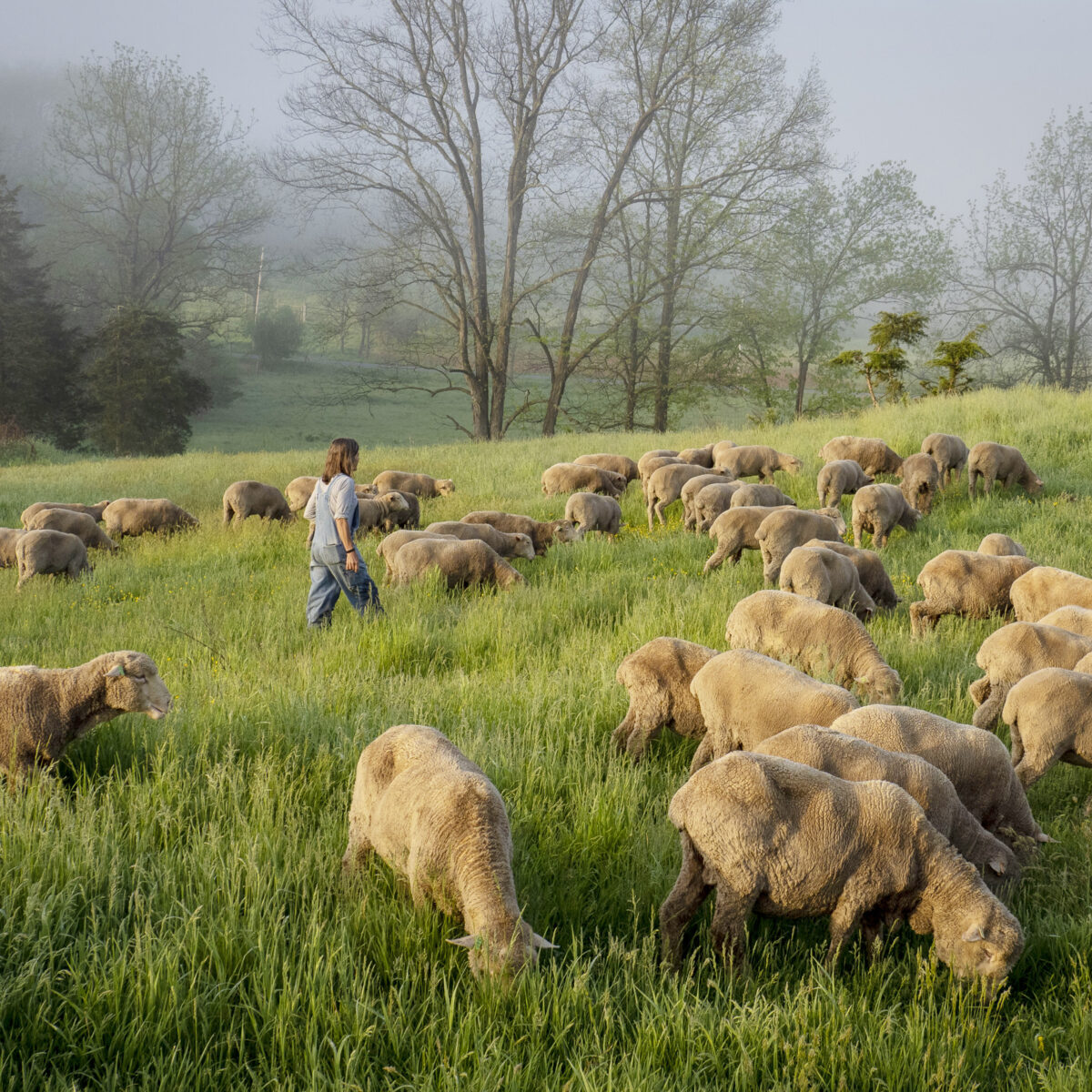
Recent Highlights from the Northeast Region
- We continue to grow our library of instructional materials and videos for grant applicants, with a focus on improving accessibility and encouraging diverse applicants. Several of these products were developed to align with the release of our 2024 Farmer grant call for proposals. They include short videos to help people 1) identify potential projects that might be a good fit for a Farmer grant; 2) understand how to develop a budget for their application; and 3) use our online grant management system to submit a proposal. The videos are available at northeast.sare.org/grants/get-a-grant/ farmer-grant-program. We’ve used this experience to map out potential future videos to help applicants identify which program is right for them, what to expect if funded and other aspects of working with SARE grants.
- At their summer 2023 meeting, the Northeast SARE Administrative Council approved the addition of two seats, one representing BIPOC farming communities and one representing organizations that work with and understand the experience of migrant farm employees.
- We are hosting a series of Q&A sessions for the 2024 Farmer grant call for proposals. These sessions, in tandem with the instructional videos mentioned above, are being tested as an alternative to a traditional webinar. Our hope is that by creating space for more direct engagement, we will promote more proposals that are fundable and of high quality.
Total Grant Awards 1988-20231
2,483 GRANTS
$100.6 MILLION
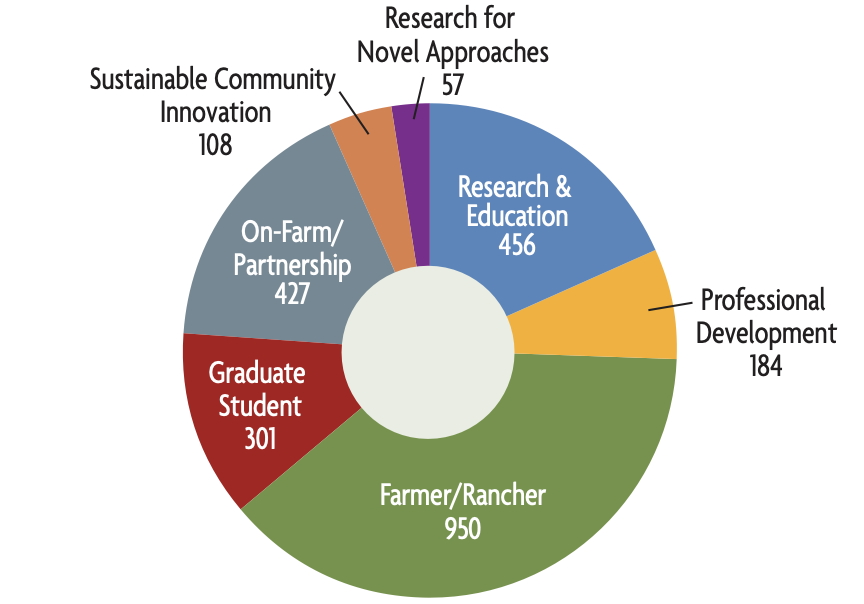
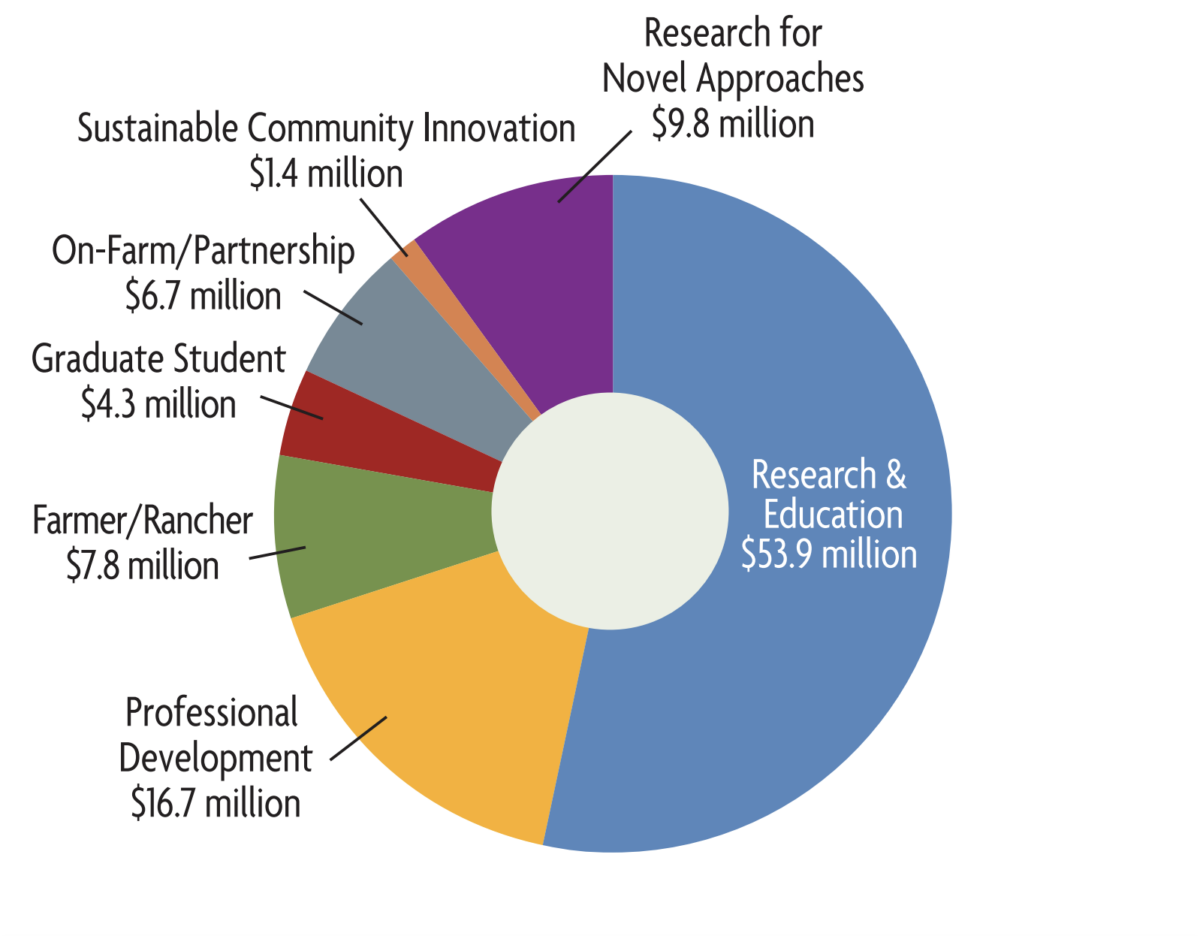
Grant Proposals and Awards 2022-20231
| Grant type | Preproposals Received2 | Full Proposals Invited | Full Proposals Received | Proposals Funded | Funding Total |
| Research and Education | 118 | 63 | 55 | 26 | $5,354,762 |
| Professional Development Program | 36 | 27 | 20 | 15 | $2,041,418 |
| Farmer/Rancher | N/A | N/A | 144 | 68 | $1,509,606 |
| On-Farm Research/Partnership | N/A | N/A | 36 | 24 | $652,414 |
| Graduate Student | N/A | N/A | 66 | 31 | $459,397 |
| Research for Novel Approaches | 128 | 62 | 54 | 22 | $4,003,039 |
1These totals exclude additional direct funding given each year to Cooperative Extension in every state to support state-level programming on sustainable agriculture.
2The use of a preproposal process varies by region. It serves to screen project ideas for the larger and more complex grant programs, and to reduce applicants’ proposal preparation burden as well as the proposal review burden for SARE’s volunteer reviewers.
3These grant programs were paused in 2023 as part of a grantmaking redesign to increase accessibility to Northeast SARE grant funding. They are scheduled to resume in 2024..
Training Farmers to Confront Racism and Inequity in Our Food Systems
The Challenge
Young farmers across the Northeast know that racial inequity is deeply rooted in American agriculture, which makes it more difficult for farmers of color to secure land, capital and other resources critical to running a successful farm business. Ninety-five percent of our nation’s primary producers are white, according to the 2017 Census of Agriculture, and that number is only increasing as more Black, Latino, Asian American and Native American primary producers leave the industry. If we are to have a just food system, it’s critical that we reckon with systemic racism and inequities, and that we acknowledge and support the unique experiences and needs of non-white producers.
The impact of the work funded
Caitlin Arnold, National Young Farmers Coalition
through this grant continues to
proliferate throughout our coalition
and our movement ecosystem.
The Actions Taken
Project leader Caitlin Arnold and the National Young Farmers Coalition (NYFC) secured a SARE Partnership grant and focused their efforts on developing and distributing a Racial Equity Toolkit that tackles the issue of how racism operates in our food system. It also provides guidance and tools for starting conversations about race, racism, equity and justice. The coalition partnered with Soul Fire Farm of Petersburg, N.Y., which facilitated three anti-racism “Uprooting Racism” trainings for 25 of the coalition’s chapter groups. These trainings focused on identifying and combating racism in their communities and economies. Participants completed the Racial Equity Toolkit and were connected to local organizations engaged in anti-racism work.
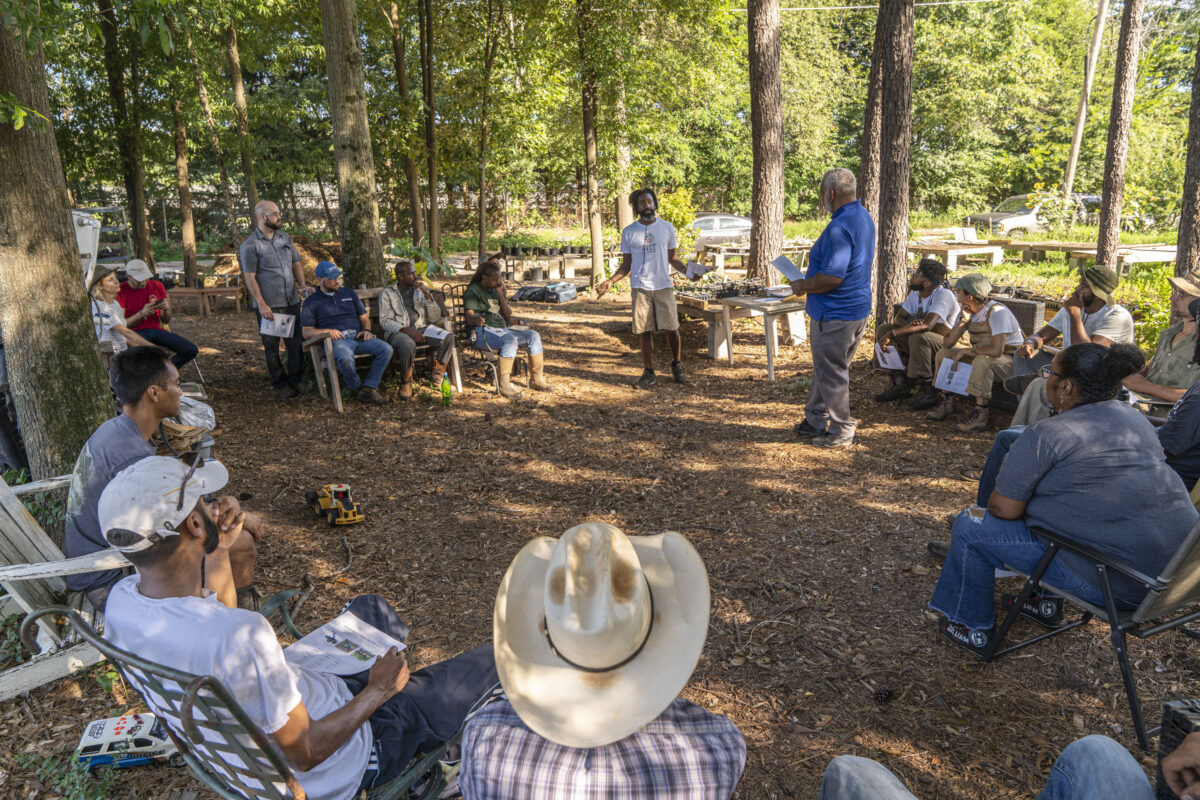
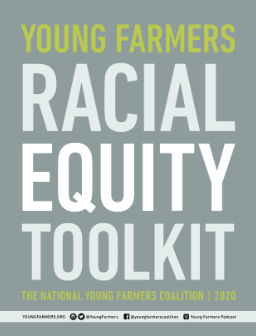
is to help farmers organize around transformative learning and action.
The Impacts
This important work has led to the creation of a functional resource for those looking to dismantle racism within their local agricultural communities. Specific impacts include:
- Deepening conversations: The Racial Equity Toolkit has been downloaded nearly 10,000 times and has received positive feedback from farmers and agricultural service providers.
- Increased awareness: Training participants reported taking action on racial equity issues in their communities, including educating others, improving practices on their farms and engaging in initiatives related to racial and food justice.
- Resilient communities: Collaboration among participants and likeminded organizations involved in racial equity work encourages more just and diverse farm communities across the country.
Learn more: See the related SARE project ONE19-328.
Incorporating Brassicas into Forage Systems Leads to Longer Grazing Seasons and Lower Methane Emissions
The Challenge
The growing demand for grass-fed meat and milk products has led to increased costs for farmers, particularly when it comes to feed. These increases have driven pasture-based dairy and livestock farmers to seek ways to lower costs and extend the grazing season for their animals, which isn’t always easy in the variable weather of the Northeast. Concerns about methane production from livestock diets are also on the rise, making it necessary to evaluate season-extending forages for their potential impacts on greenhouse gas emissions.
A team led by USDA Agricultural Research Service Animal Scientist Kathy Soder hypothesized that incorporating brassicas into grazing systems across the Northeast would produce equal or superior animal performance while generating less methane per cow than systems with annual ryegrass. If so, brassicas such as canola, turnips and forage rape may close gaps in seasonal forage availability, reduce feed costs and potentially reduce methane emissions from grazing livestock.
This project will contribute to
Kathy Soder, USDA Agricultural Research
the future sustainability of grazing
dairy farms via providing alternative
forage options to extend the
grazing season.
Service
The Actions Taken
After securing a SARE Research and Education grant, the multi-state project team surveyed grazing farmers across the Northeast to determine their preexisting knowledge about, and research needs for, using brassicas in grazing systems. Results showed that farmers are very interested in exploring alternative forages but are hesitant to try them due to animal health concerns and a lack of knowledge on how to properly establish the forages. The team also ran an in-vitro study evaluating the effects of turnip, canola and forage rape on ruminal fermentation and methane outputs. And a two-year grazing experiment at the University of New Hampshire demonstrated that partially replacing baleage with grazing canola in late fall yielded similar milk production and composition in Jersey cows, and reduced feed use by 40%, a significant cost savings. Finally, the team hosted field days, webinars and online training events, and produced fact sheets and journal articles in order to spread their results to as many farmers as possible.
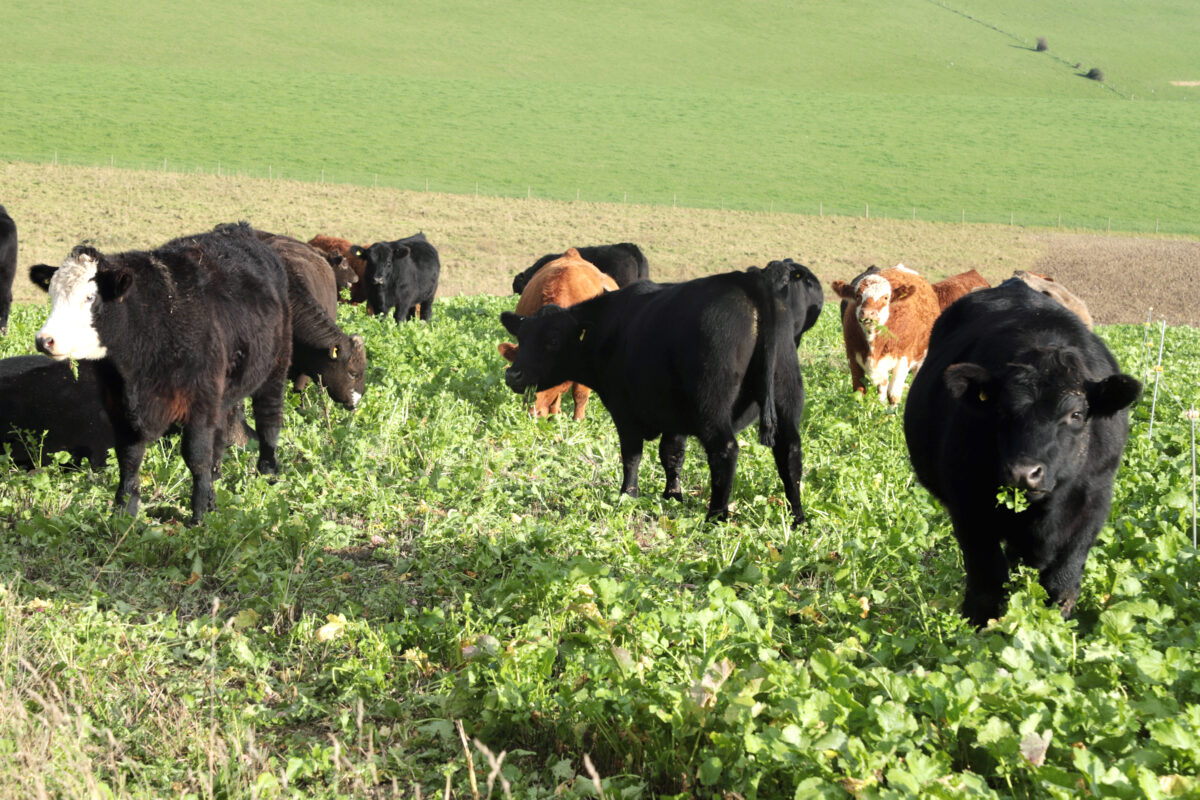
The Impacts
This project revealed several convincing benefits when brassicas are added to grazing systems. Specific impacts include:
- Methane reduction: The in-vitro study showed that the brassicas reduced methane output by nearly 50% when compared to standard annual ryegrass, without affecting nutrient digestibility.
- Increased productivity: A forage plot experiment showed that the three brassicas produced nearly double the amount of fall forage compared to annual ryegrass and generated two to three times the protein and energy. These yields can lead to more grazing days and greater animal productivity when other forages are dormant.
- Fast adoption: Farmers benefited from the outreach efforts. Several quickly began using brassicas on their farms, and more than 40 farmers were considering incorporating brassicas into their grazing systems.
Learn more:
See the related SARE project LNE16-352.
Sustaining Maine’s Potato Farms Using Alternative Crop Rotations
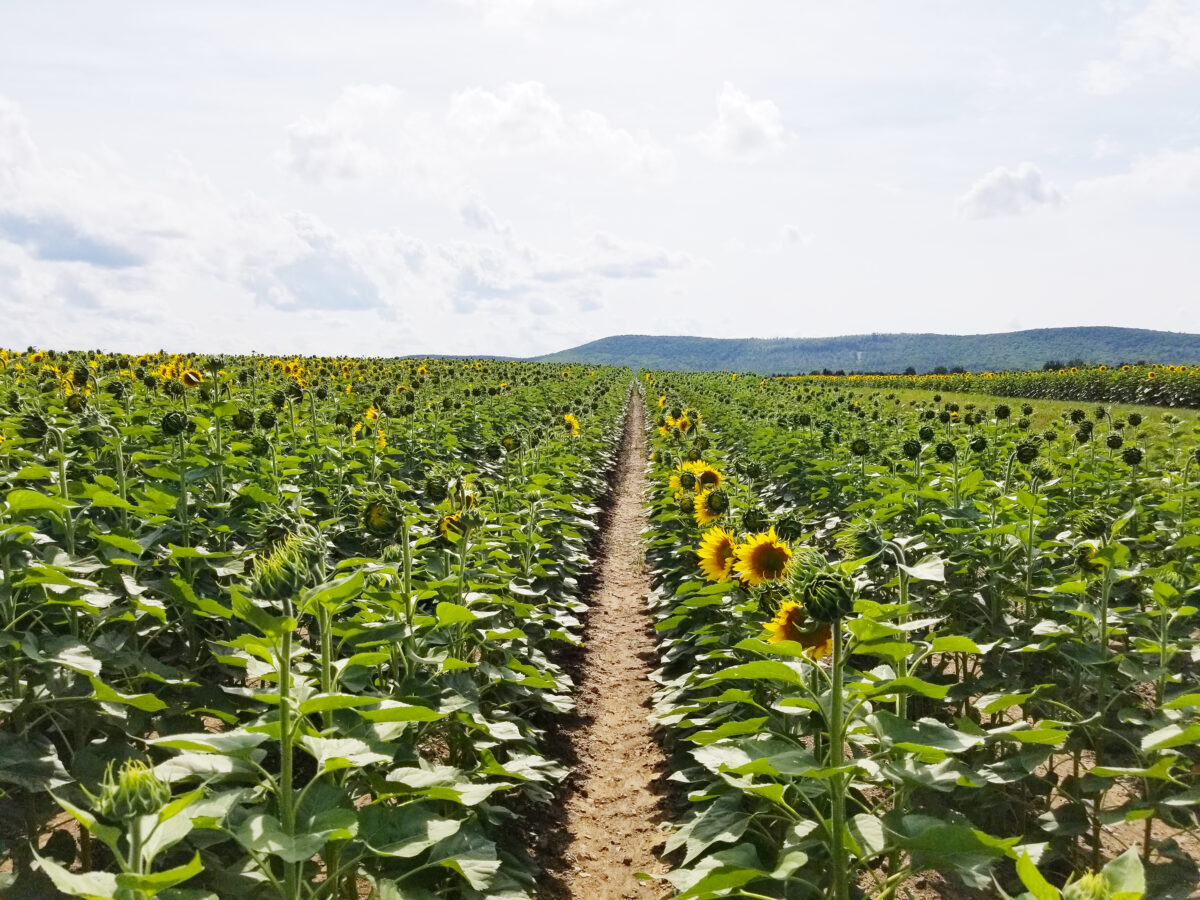
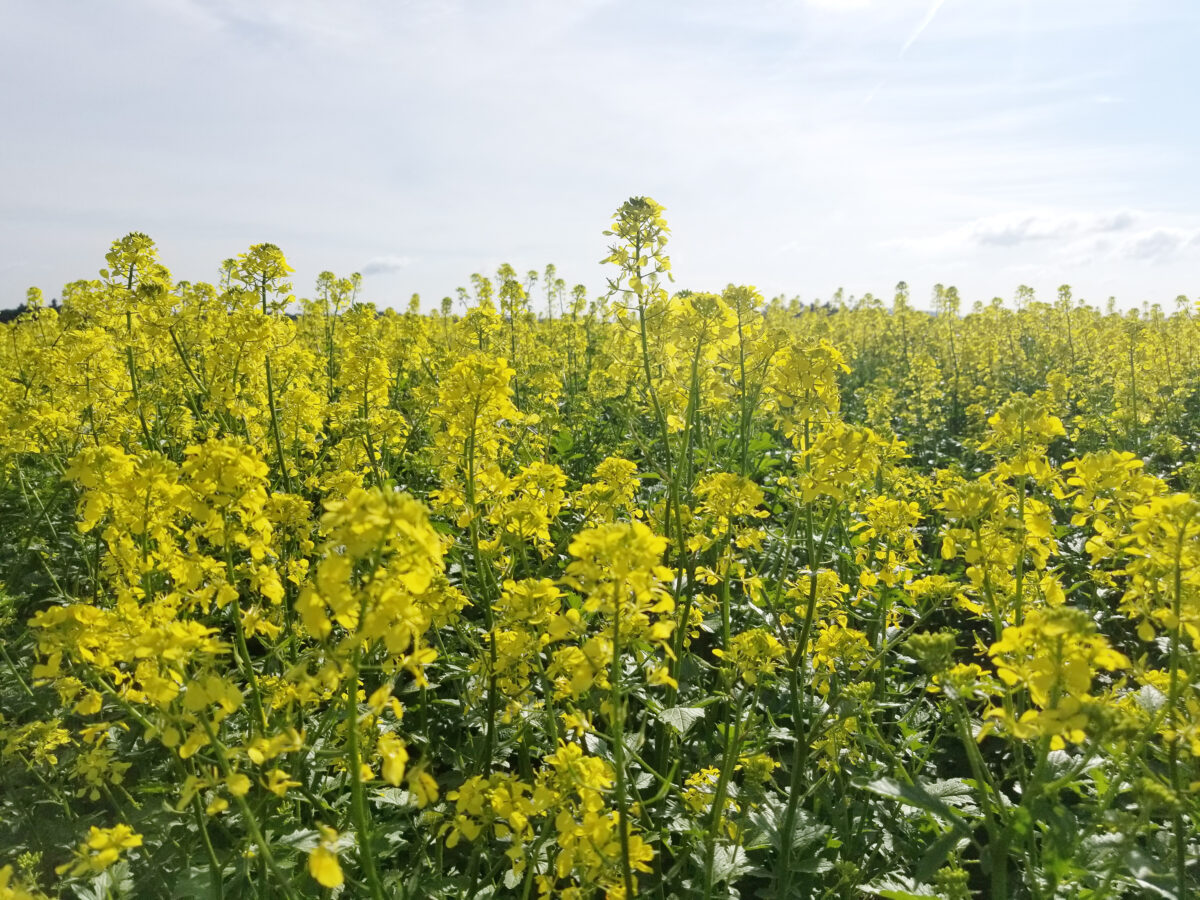
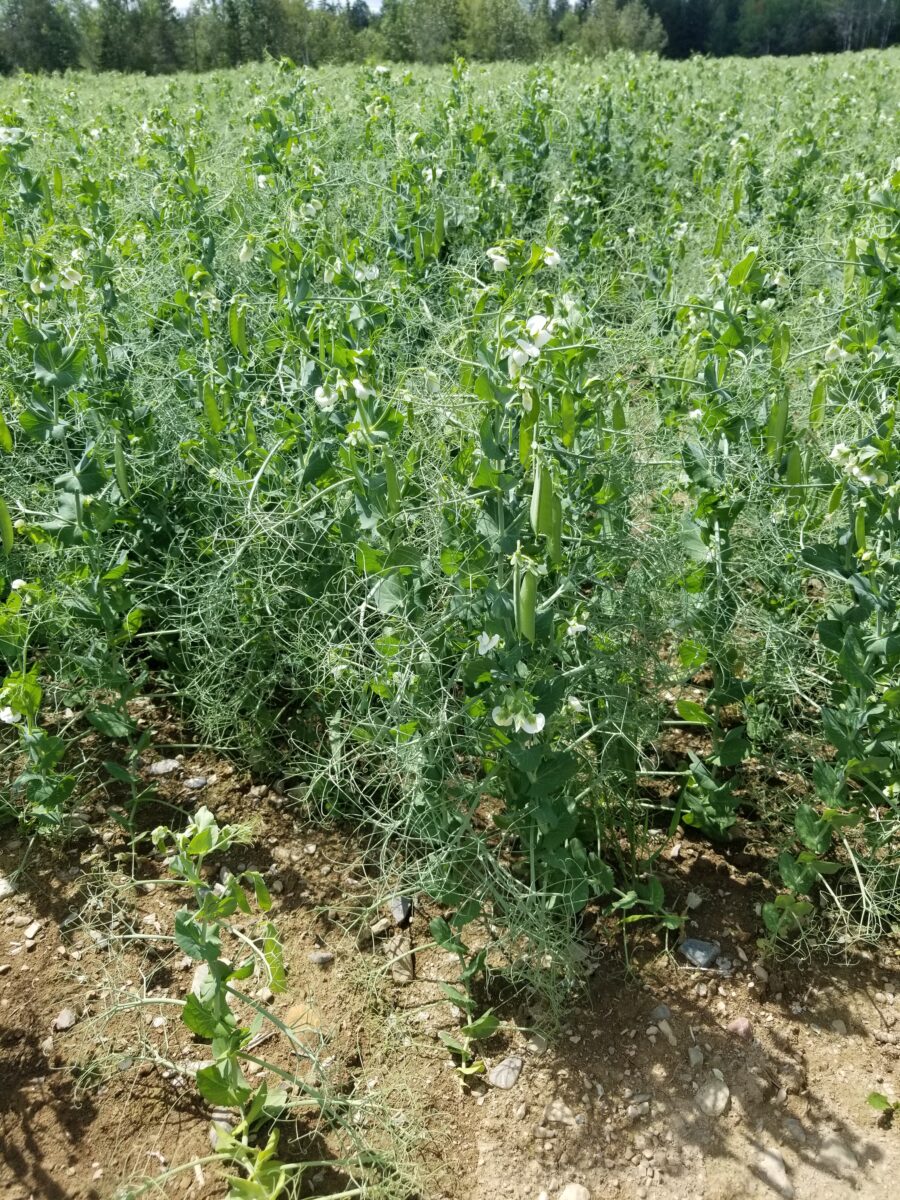
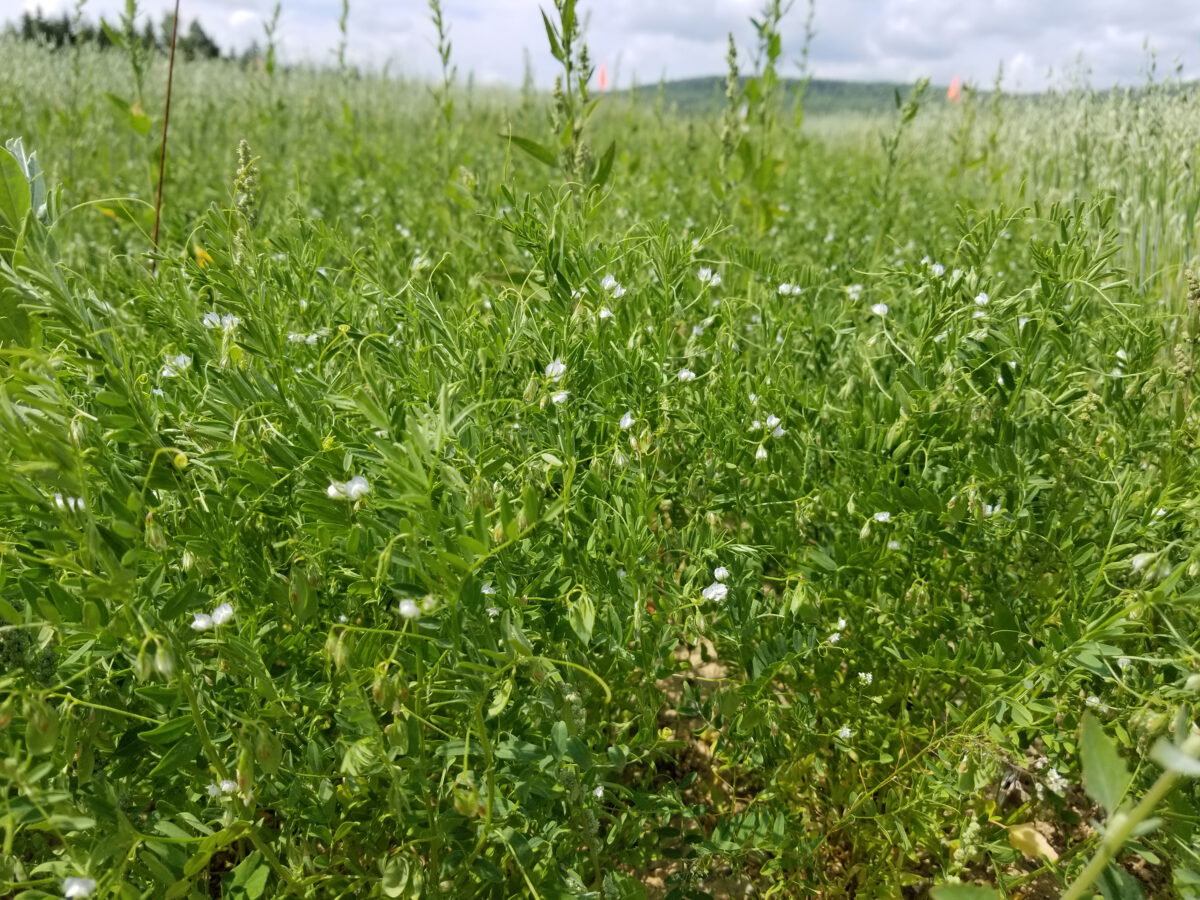
(bottom). Photos by Jake Dyer, Maine Potato Board.
The Challenge
Potato growers in Maine face challenges when developing sustainable crop rotations due to short growing seasons and labor scarcity. And while the ecological benefits of crop rotation are well known, potato producers often struggle to find reliable markets for the small-grain crops, such as oats and barley, that are rotated with potatoes. Though previous research suggests that a variety of highly marketable pulse and oilseed crops can perform well in Maine’s challenging climate, not enough information exists on regional best management practices. These crops can not only be an income driver for the producer, but rotating potatoes with pulses and oilseed crops may also decrease the need for inputs, break pest cycles, reduce erosion and compaction, and add value by filling market demands.
This project highlighted several viable crop options that have the potential to diversify potato cropping systems in Maine. Some of the crops trialed in this project failed to gain traction due to limited market access while some, specifically mustard, field peas and sunflowers, were successful and remain in production in Maine today.
Jake Dyer, Main Potato Board
The Actions Taken
Supported by a SARE Research and Education grant, Jake Dyer, an agronomist with the Maine Potato Board, evaluated then potential of rotating potatoes with more lucrative crops such as oilseeds and pulses. Research was conducted across several host farms during the 2018 and 2019 growing seasons. In the first year of the study they evaluated crops like field peas, sunflowers, canola and mustard in different growing conditions to determine their performance, strengths and weaknesses. The most-promising crops from the initial trials were studied on a larger scale in 2019, with sunflowers, canola, field peas and condiment mustard performing and selling well.
The Impacts
The team’s research shows great promise for the adoption of these crops within Maine’s potato production systems.
Specific impacts include:
- Improved yields: Field peas and canola demonstrated increased yields while requiring minimal fertility and few chemical inputs.
- Cost savings: Second-year research on field peas showed that fertilizer, seed treatments and foliar fungicides did not significantly increase yields, saving farmers around $60 an acre.
- Best practices: Two years of field research provided valuable insights into alternative crop production, paving the way for future crop diversification, more sustainable farming practices and new revenue streams.
Learn more: See the related SARE project LNE17-358.
